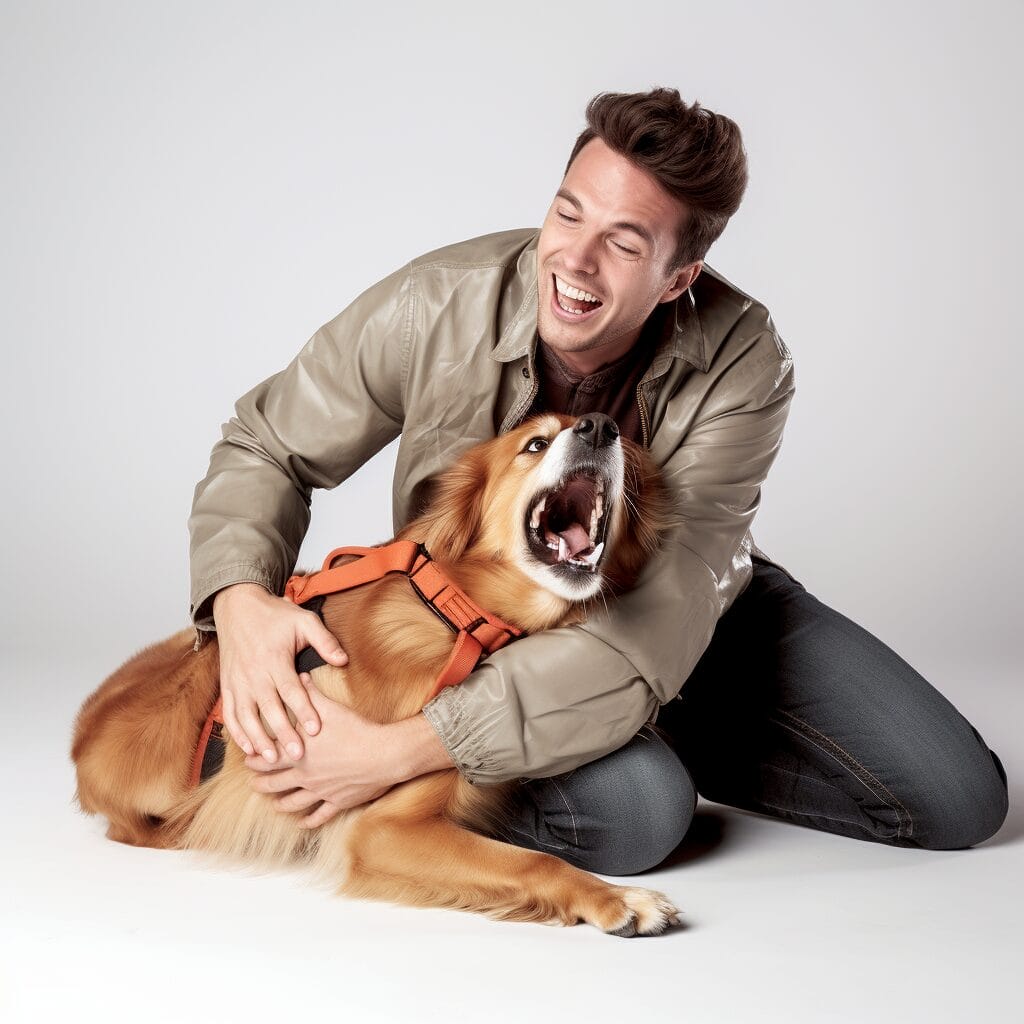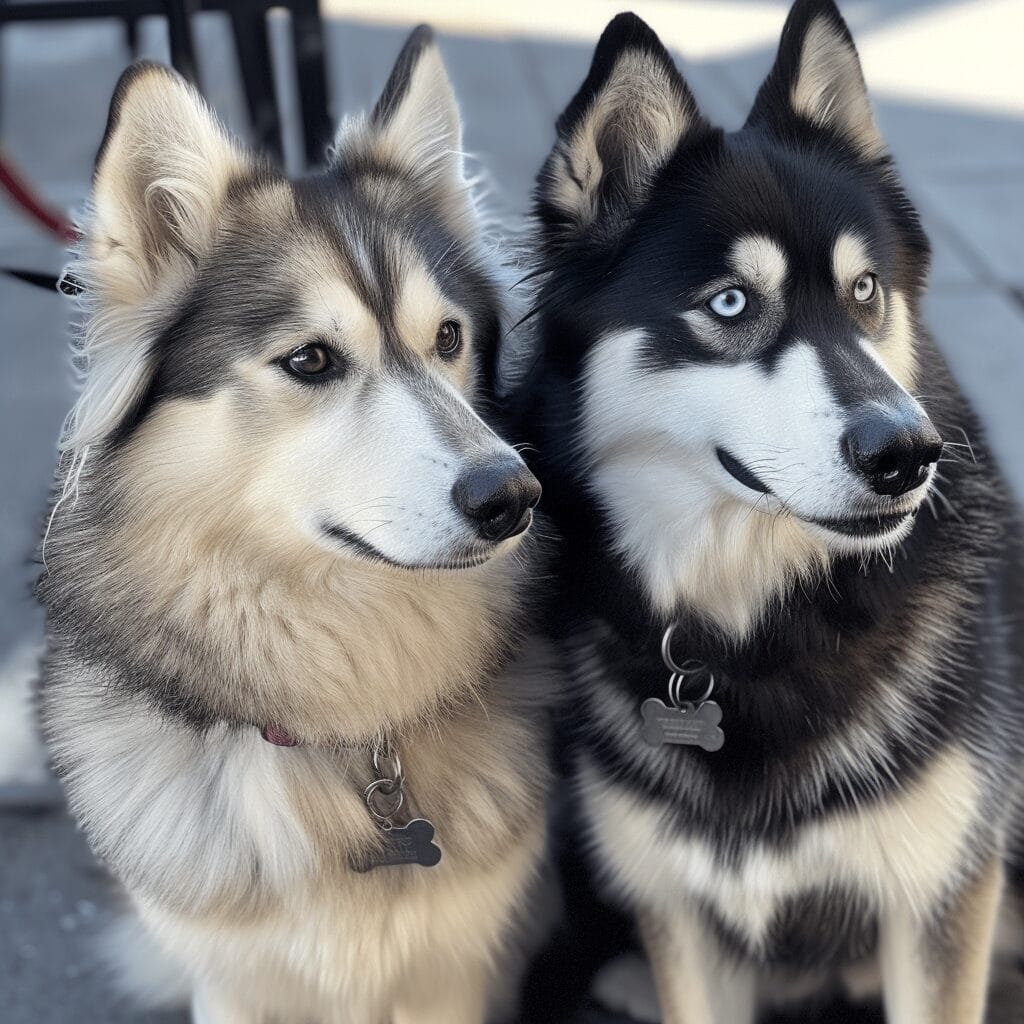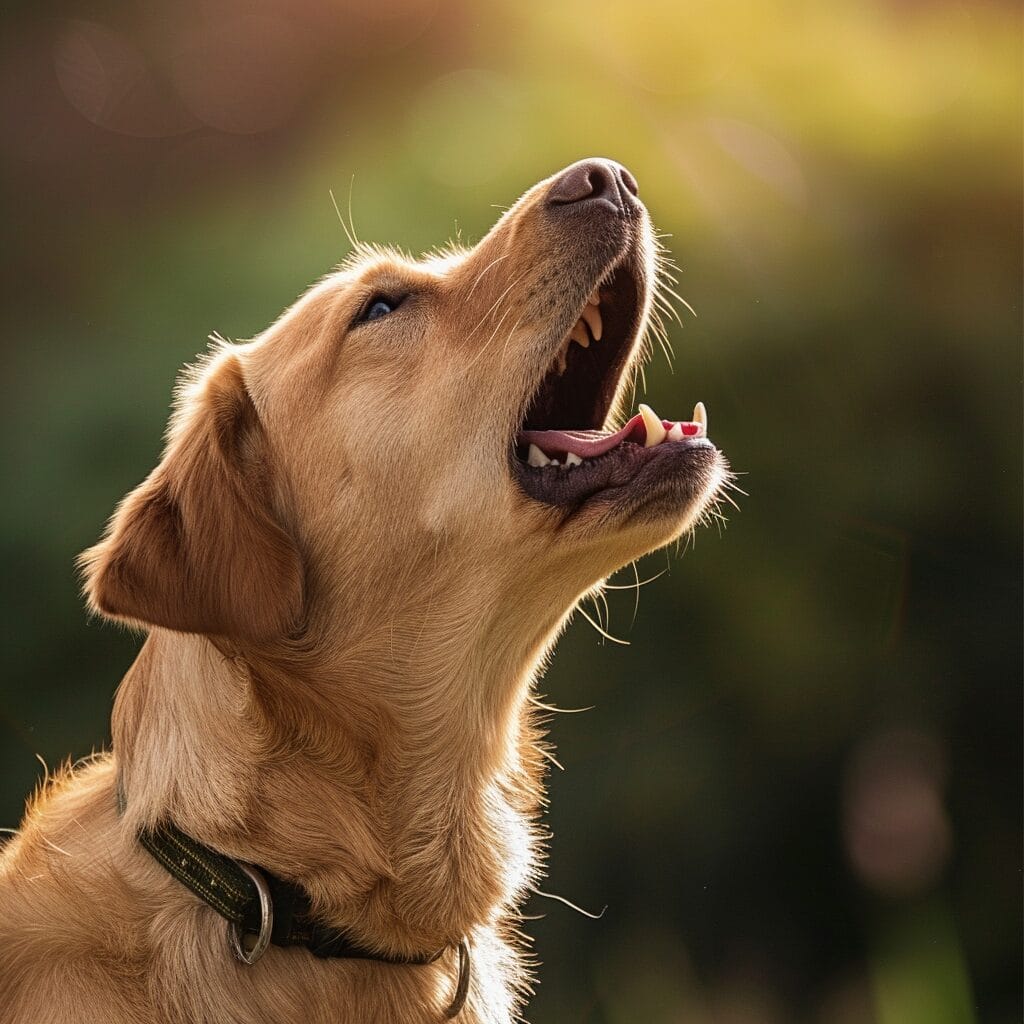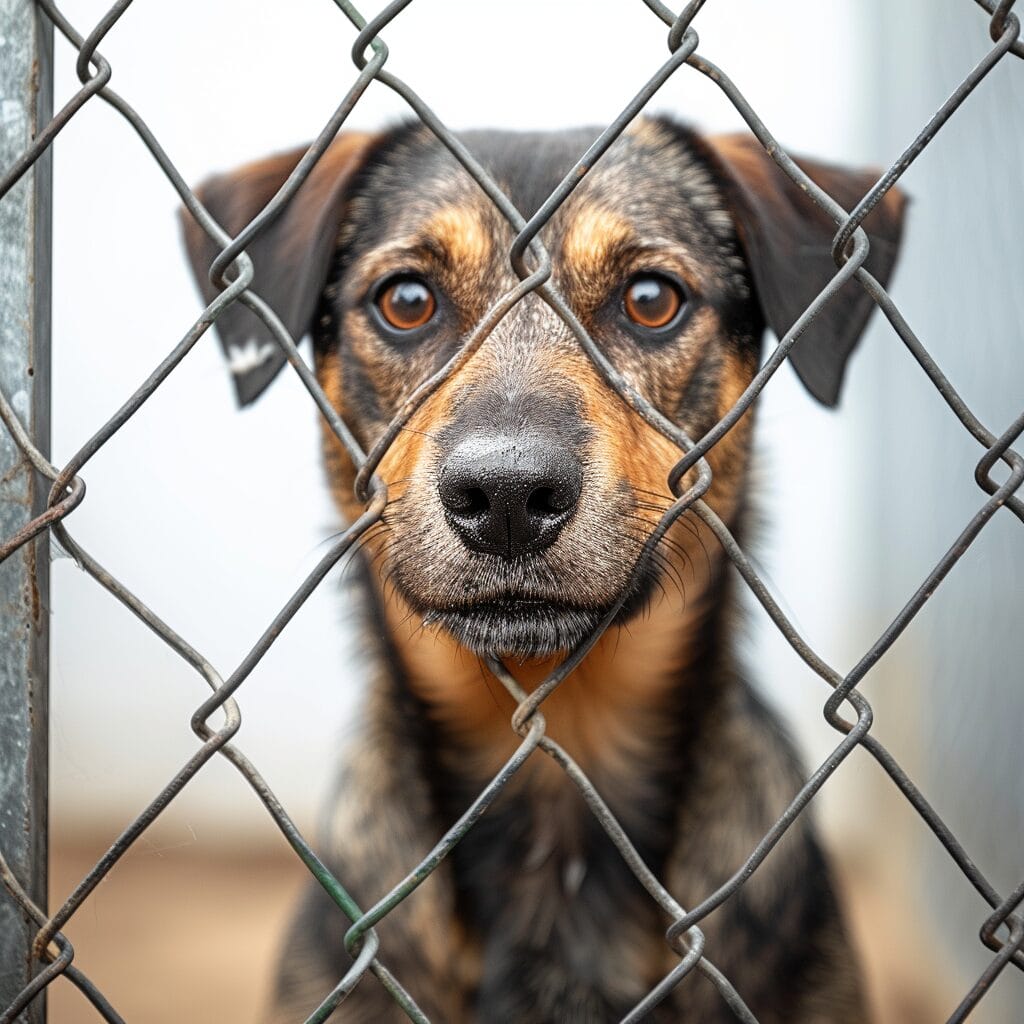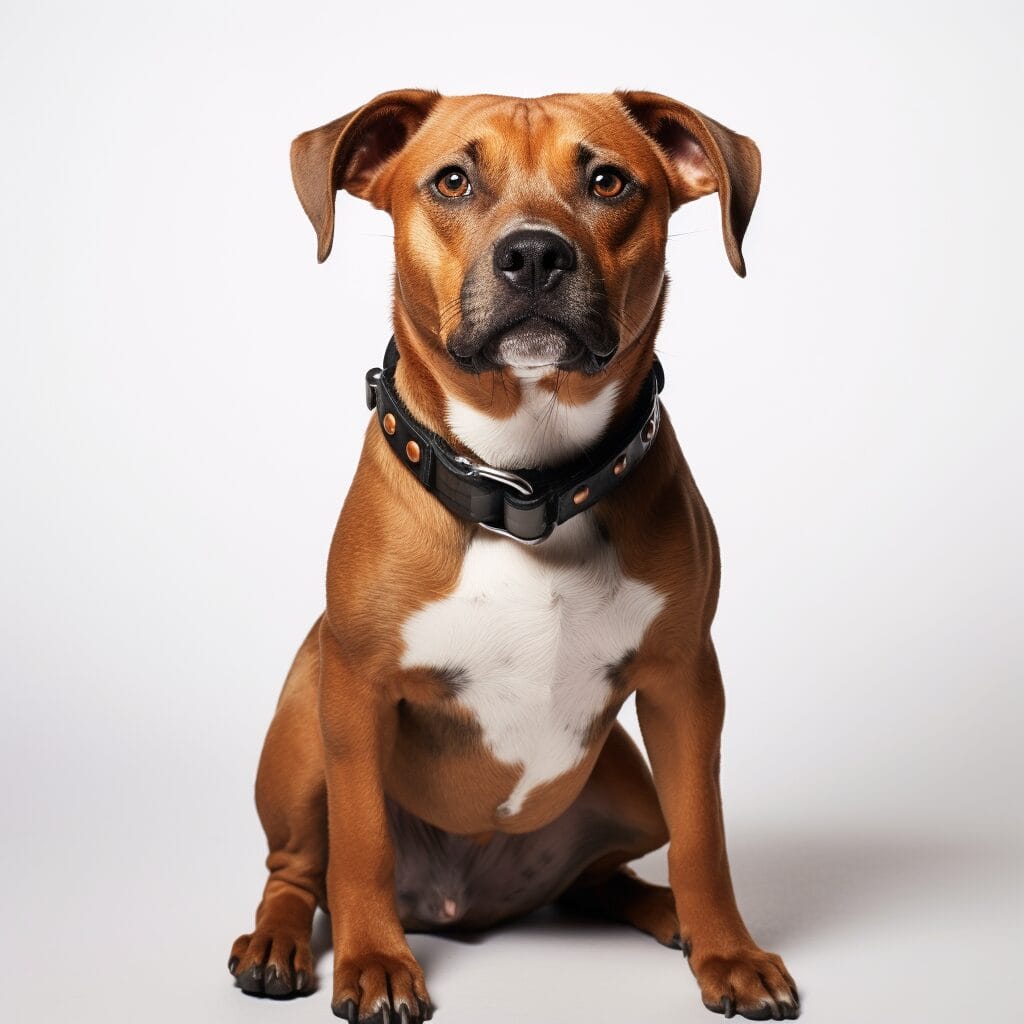Did you know that approximately 40% of household accidents involving pets, pup, are related to choking incidents? It’s a startling statistic, but the good news is that being prepared can make all the difference. Knowing how to respond if your dog starts choking due to a food blockage could save their life. In this post, we’ll cover essential steps to take in such an emergency and equip you with the knowledge needed to act swiftly and effectively.
Quick thinking is key. We’ll walk you through recognizing the signs of choking in dogs, including common causes such as blockage and preventive measures. We’ll provide step-by-step instructions on administering first aid for a choking dog. By understanding these crucial techniques, including blockage, you’ll be better equipped to handle this distressing situation should it ever arise.
What to Do If Your Dog Is Choking
Recognizing Signs of Choking in Dogs
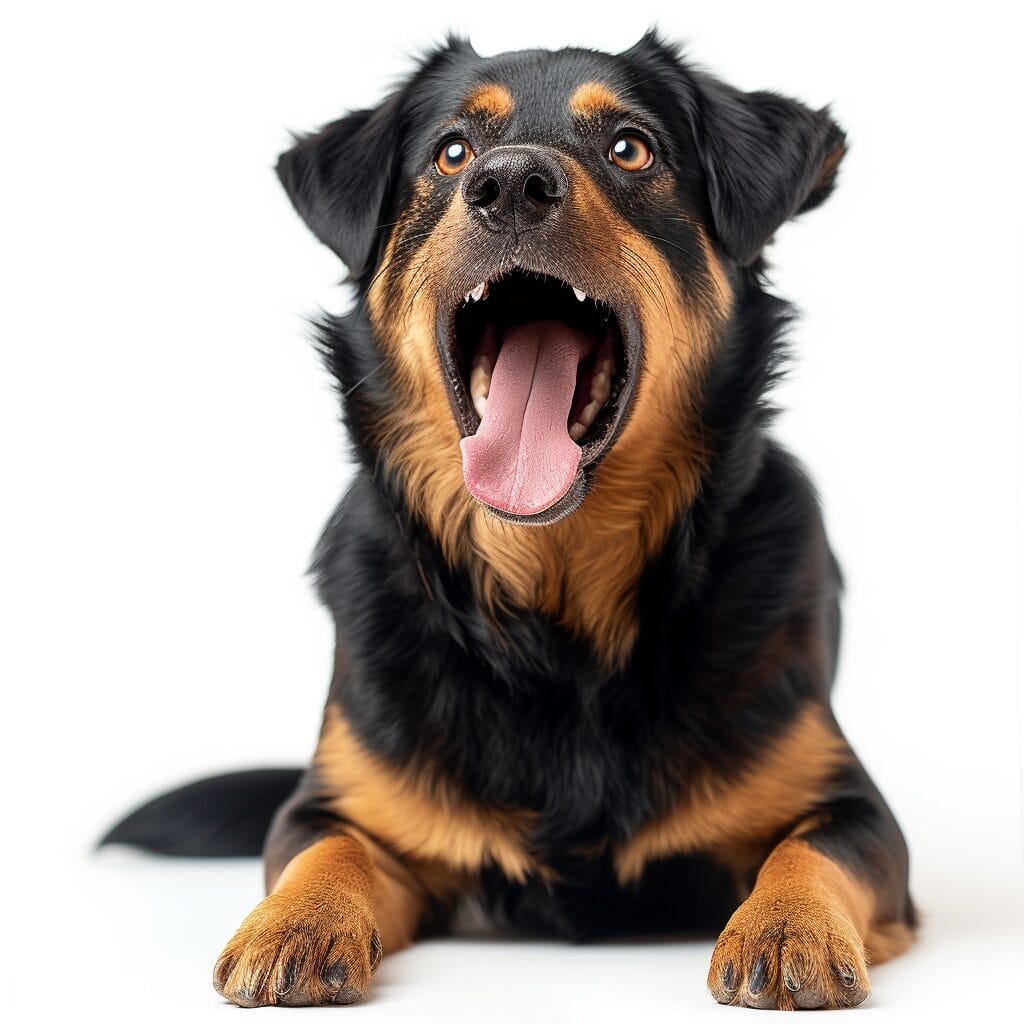
Pawing and Drooling
If your dog is choking, you might notice them pawing at their mouth or showing signs of excessive drooling. These are common indicators that something may be lodged in their throat, causing discomfort. Keep an eye out for any unusual behavior such as pawing at the mouth repeatedly or drooling more than usual.
When a dog is choking, they might also exhibit difficulty breathing. You may observe abnormal sounds like wheezing, gagging, or coughing. If your dog seems to be struggling to breathe normally, it could be a sign that they are experiencing a choking hazard.
Panic and Distress
Another crucial sign to look for is if your dog appears panicked or distressed. They may exhibit restlessness, pacing back and forth, or even appear anxious. It’s important to pay attention to any changes in their behavior; if they seem unusually agitated without an apparent cause, it could indicate that they are choking.
In some cases, dogs might also rub their face against surfaces like furniture or the floor due to the discomfort caused by choking. This frantic behavior can serve as another warning sign that something is wrong with your pet.
Remember these signs – pawing at the mouth or excessive drooling, difficulty breathing or abnormal sounds, panic and distress – when assessing whether your furry friend might be experiencing a choking episode.
Immediate Actions for a Choking Dog

Stay Calm
When your dog is choking, it’s crucial to remain calm. Dogs can sense their owner’s emotions, so staying composed helps prevent the situation from escalating. Take a deep breath and approach your dog slowly but assertively.
Approach the dog with care, as they may be frightened or in pain. Sudden movements might startle them further, making it harder to help them.
Check the Mouth
Once you’ve reached your dog, carefully open its mouth and examine for any visible obstructions. Look out for objects such as toys, bones, or food that may have lodged in their throat. If you spot an object within reach and easily removable without causing harm to yourself or the dog, gently try removing it.
Avoid blindly sticking your fingers into the dog’s mouth as this could push the obstruction deeper into their throat or result in accidental biting due to pain or panic.
It’s essential not to force anything down your pet’s throat unless you can clearly see and grasp the object causing the choking hazard.
Performing the Heimlich Maneuver on Dogs
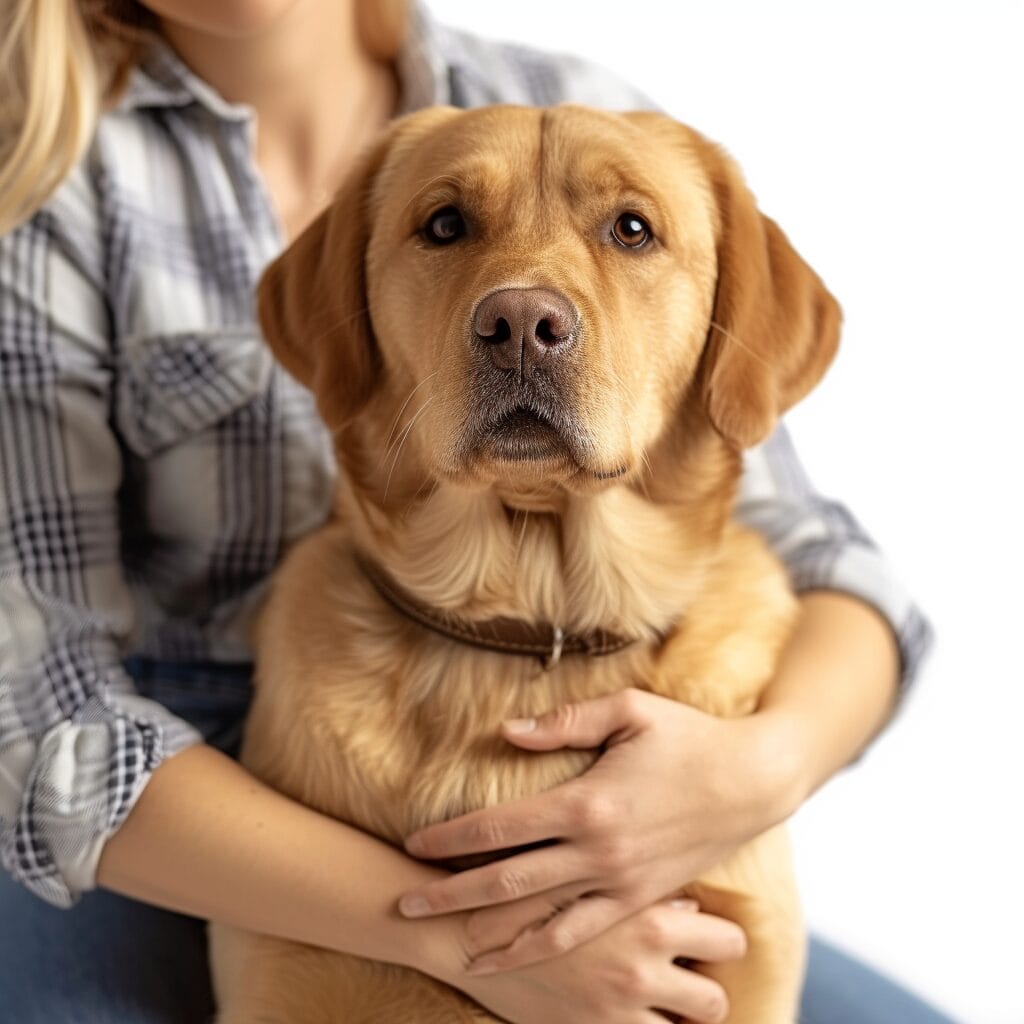
Proper Technique
When your dog is choking, it’s crucial to act quickly. To perform the Heimlich maneuver on a pup, start by standing behind them and making a fist with one hand. Then, place your fist just below their ribcage and give quick, upward thrusts. Repeat this motion until the object causing the choking is dislodged or until help arrives.
The key here is to use a firm but gentle thrusting motion to apply pressure that can expel the obstructing object without causing further harm. It’s important to remember that different methods are used for dogs than for humans due to their anatomical differences.
Potential Risks
While attempting this rescue technique, it’s essential to be cautious of potential risks. Applying excessive force or using improper techniques can lead to internal damage in your dog. This could cause issues such as broken ribs or damage to internal organs.
Moreover, using inappropriate methods may not effectively dislodge the obstructing item and could prolong your dog’s distress. Therefore, understanding how much pressure should be applied and where exactly it needs to be directed will help prevent any unintended harm while clearing the obstruction.
Additional Considerations
In some cases, if you’re unable to safely perform the Heimlich maneuver on your dog or if it doesn’t successfully clear the obstruction, there are other steps you can take before seeking professional assistance:
- Open their mouth and check for any visible obstructions.
- If an object is visible but out of reach with your fingers, do not attempt blindly reaching into their mouth as this might push the item further down.
- Try sweeping your finger across their throat gently from side-to-side in case there’s anything lodged at a reachable point.
Remember that these actions should only be taken if you feel confident doing so without causing harm; otherwise seek veterinary help immediately.
Clearing the Airway in Choking Dogs
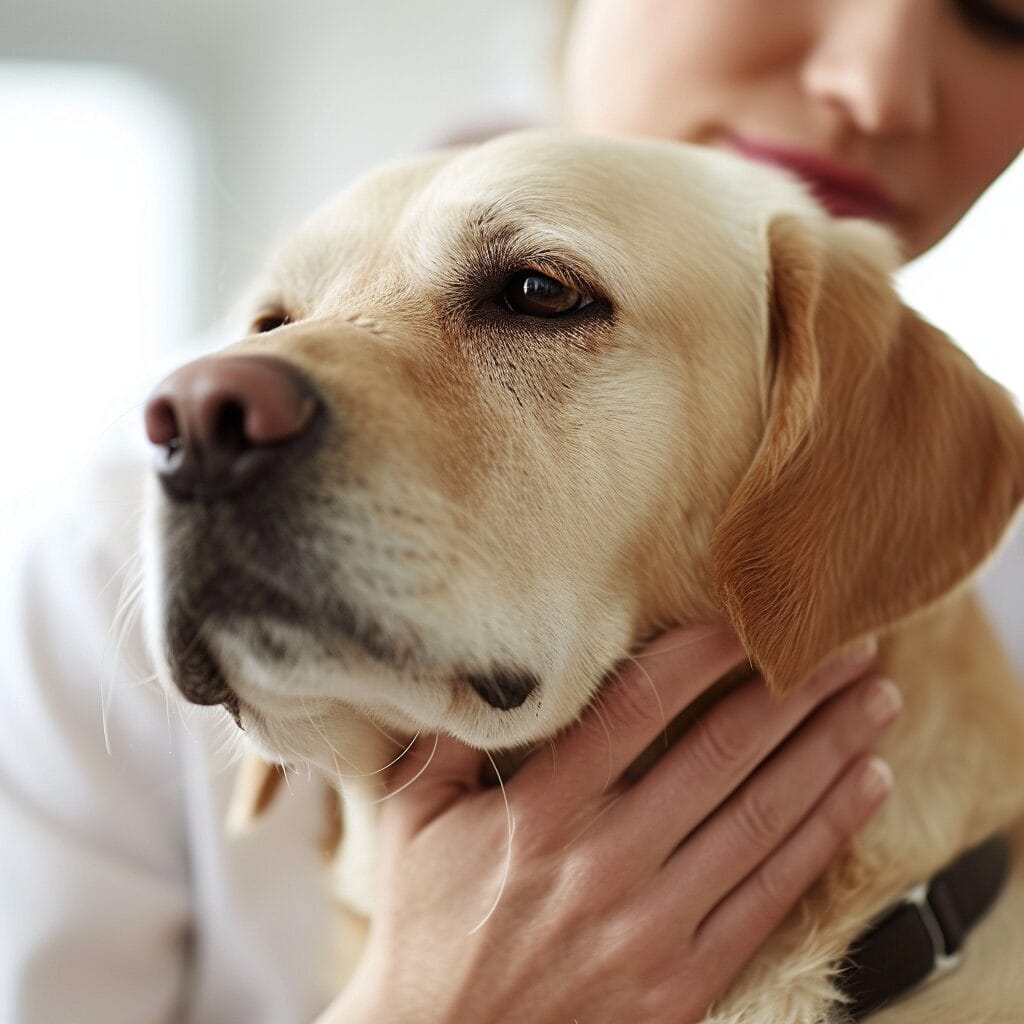
Removing Visible Blockage
When your dog is choking, it’s crucial to act quickly. Start by opening your dog’s mouth and checking for any visible blockages. If you see something, carefully remove it using your fingers. However, be cautious not to push the object further down the throat.
It’s essential to approach this process with gentleness and care. The goal is to clear the airway without causing any harm or injury to your pet. By being gentle, you can prevent any potential damage while effectively addressing the choking situation.
Sometimes, a foreign object can be easily spotted and removed from a dog’s mouth, such as a piece of a toy or food that got stuck. By promptly taking action and clearing the visible blockage, you can help restore normal breathing for your furry friend.
Cautionary Measures
In situations where there is no visible blockage but your dog still appears to be choking, avoid blindly attempting to dislodge anything from their throat. Doing so might inadvertently worsen the situation by pushing an obstruction further down into their airway.
If you cannot identify or reach an object causing the choking hazard, it’s important not to force anything into their mouth or throat out of desperation; instead, seek immediate veterinary assistance.
Remember that when dealing with a choking dog, safety measures are paramount for both yourself and your pet. Prioritize caution at all times during attempts at removing obstructions from their airway.
Administering CPR to a Choking Dog

Positioning the Dog
When your dog is choking, it’s crucial to act quickly and calmly. First, lay your dog on its side and extend the head and neck to open the airway. This position helps facilitate effective breathing during CPR.
To start administering CPR, you need to close your dog’s mouth and breathe into its nose once every 4–5 seconds. This action imitates normal breathing and can help dislodge any obstructing object from the airway.
Continuing CPR
As you continue with this process, pay attention for signs of improvement such as chest movement or coughing. Monitor for a heartbeat by placing your hand on the left side of your dog’s chest behind its elbow.
Continue performing these steps until you feel a heartbeat or until professional help arrives. Remember that remaining calm is essential in these situations as dogs can sense anxiety, which might exacerbate their distress.
Restraint Techniques for Choking Dogs
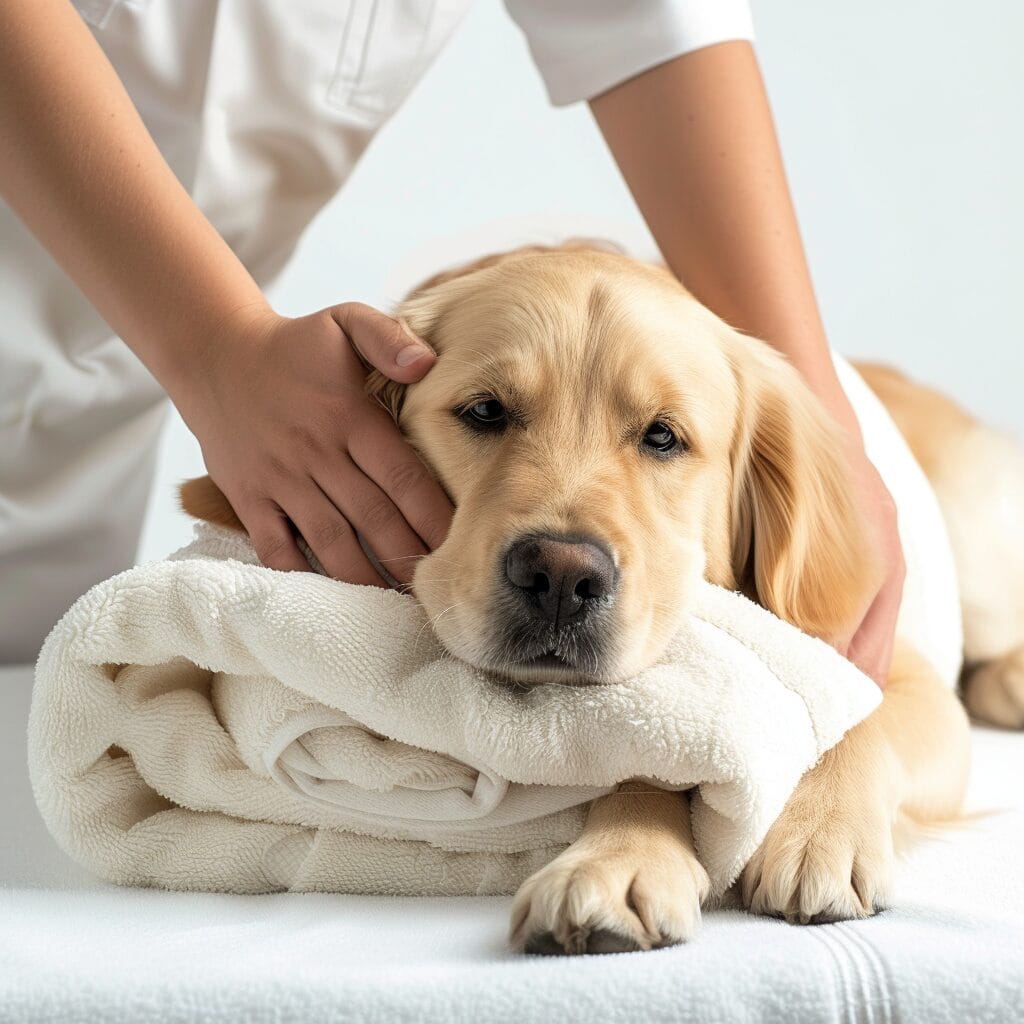
Approach Calmly
Approaching a choking dog calmly is crucial to avoid escalating their stress levels. Sudden movements or loud noises can make the situation worse, so it’s important to remain composed. When you approach your dog, speak to them in a soothing voice and move slowly.
It’s essential to remember that dogs can sense human emotions, so staying calm will help reassure your pet during this distressing time. By maintaining a relaxed demeanor, you can prevent the situation from becoming more chaotic.
Use Towel or Blanket
If necessary, use a towel or blanket to create a makeshift muzzle for the choking dog. This step is especially important if your pet is panicking and may inadvertently bite you out of fear or pain.
Gently place the towel over their snout and tie it behind their ears to secure it in place. Be sure not to obstruct their nostrils while doing this as they need access to air through their nose even when choking.
Remember that using any restraint technique should be done with caution and care because your primary goal is always the safety and well-being of your pet.
Aftercare Following a Choking Incident
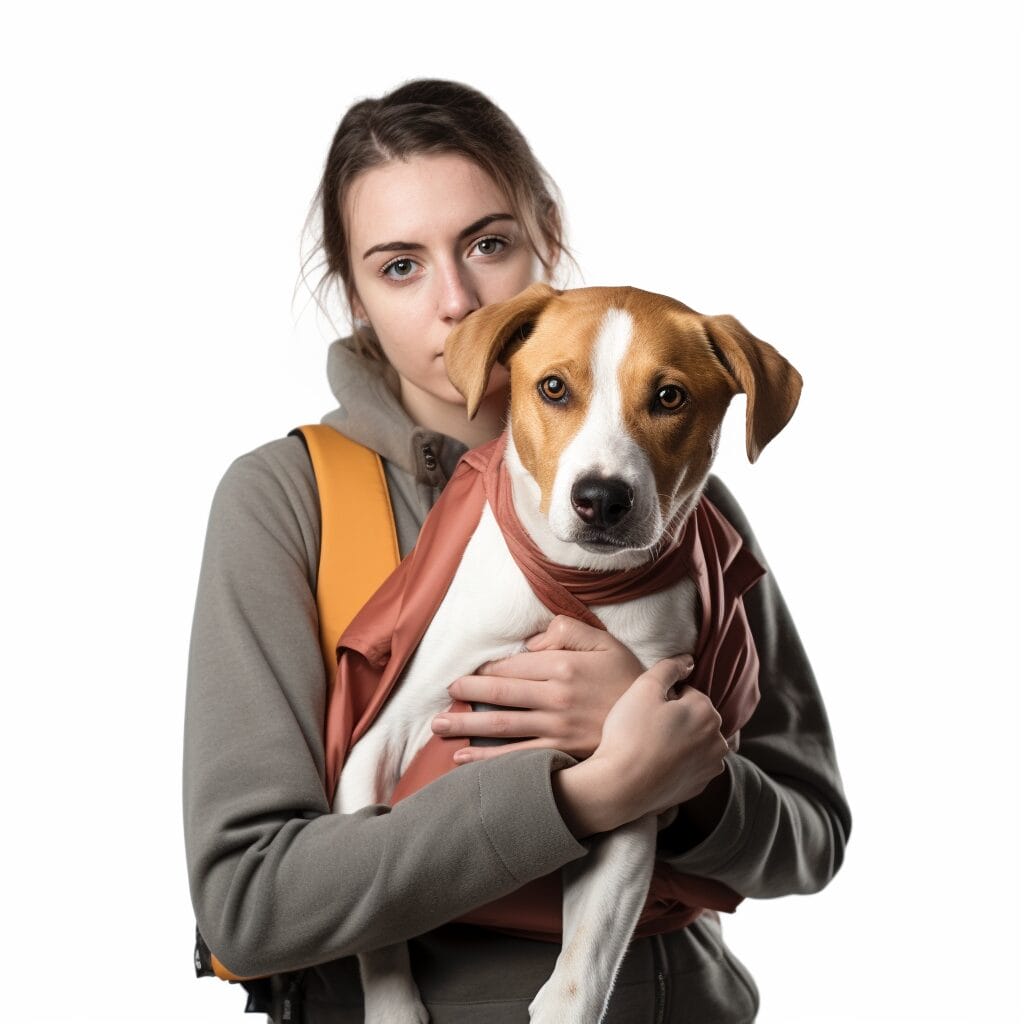
Monitor Closely
After the choking incident, it’s crucial to monitor your dog closely for any signs of distress or discomfort. Keep an eye out for excessive drooling, pawing at the mouth, difficulty breathing, or unusual behavior. These could indicate ongoing issues related to the choking incident.
It’s important to ensure that your dog is not experiencing any lingering effects from the choking episode. Look for any abnormal behaviors such as reluctance to eat, drink, or play. If you notice anything out of the ordinary, contact your veterinarian immediately.
Provide Water and Seek Veterinary Guidance
Offer small amounts of water to prevent dehydration after choking. However, it’s essential to do this cautiously and monitor how your dog responds. Avoid giving them large quantities of water too quickly as it may exacerbate their condition.
In severe cases where there are persistent signs of distress or injury following a choking episode, contacting your veterinarian is critical. They can provide further guidance and evaluation tailored to your dog’s specific situation.
Remember that in some cases where a foreign object has been lodged in their throat or abdomen during the choking incident, immediate medical attention may be necessary. It’s always best to err on the side of caution when dealing with potential injuries resulting from choking incidents involving pets.
Preventing Future Choking Incidents in Dogs
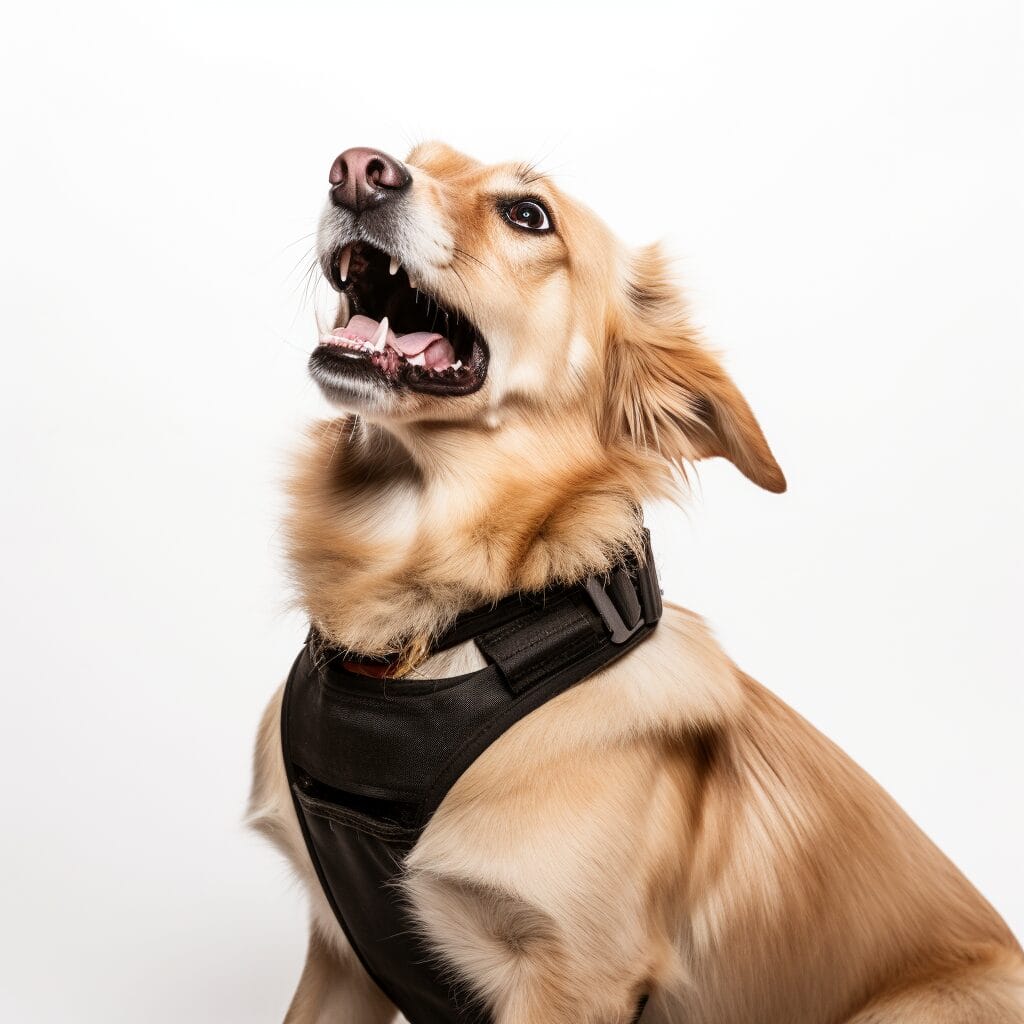
Keeping Hazardous Items Out of Reach
To prevent future choking incidents in dogs, it’s essential to keep small objects, bones, and toys out of your dog’s reach. This includes items like small balls, rubber bands, or children’s toys that can easily be mistaken for chew toys by your furry friend. Even tough chew toys can pose a risk if they break into smaller pieces that could cause a blockage.
It’s important to supervise meal times and discourage rapid eating habits. Consider using specialized bowls designed to slow down fast eaters or placing obstacles (like large rocks) in their bowl to encourage slower eating. Consider training classes to teach your dog proper chewing behavior and how to interact with food and toys safely.
Choosing the Right Toys
When choosing toys for your dog, it’s crucial to select ones that are appropriate for their size and chewing strength. Avoid giving them items that are too small or flimsy as these can easily break into dangerous pieces. Opt for durable options specifically designed for strong chewers.
Furthermore, always monitor the condition of the toy; discard any broken or damaged pieces immediately as they may pose a risk of choking if ingested. Remember that what might seem like harmless fun today could turn into a serious problem tomorrow if not properly managed.
When to Seek Veterinary Care After Choking

Signs of Distress
If your dog is choking and continues to show signs of distress such as difficulty breathing, excessive drooling, pawing at the mouth, or making choking sounds, it’s crucial to seek immediate veterinary care. These signs indicate that there may still be an obstruction in your dog’s airway.
It’s important not to delay seeking professional help because a persistent blockage can lead to serious complications. Even if the symptoms seem to improve on their own initially, a thorough evaluation by a veterinarian is necessary to ensure that there are no underlying issues.
Post-Choking Check-Up
Even if your dog appears normal after a choking incident, scheduling a check-up with your vet is highly recommended. Some internal injuries or irritation caused by the choking episode might not be immediately apparent but could manifest later on.
During the check-up, the vet will conduct a comprehensive examination of your dog’s throat and airways. They may also perform additional tests such as X-rays or endoscopy if deemed necessary. Informing your vet about the recent choking incident allows them to tailor their assessment specifically for potential post-choking complications.
In some cases, dogs can develop secondary problems like pneumonia due to aspiration during choking episodes. Therefore, even if everything seems fine externally, it’s best not to take any chances.
Final Remarks
You’ve now learned crucial steps to take if your dog is choking. From recognizing the signs of choking to administering CPR and knowing when to seek veterinary care, you’re equipped to handle this frightening situation. Remember, staying calm is key. Your quick action could save your furry friend’s life. Practice the Heimlich maneuver and understand how to clear the airway effectively. Take preventive measures to reduce the risk of future choking incidents. Your preparedness and knowledge can make all the difference in an emergency.
Remember, being proactive is essential. Consider taking a pet first aid course to further enhance your skills in handling such emergencies. Your preparedness could be the lifesaving factor for your beloved pet.
Frequently Asked Questions
What are the signs of choking in dogs?
If your dog is pawing at their mouth, making choking sounds, or struggling to breathe, they may be choking. Other signs include anxiety and blue tongue or gums.
How can I perform the Heimlich maneuver on my dog?
Stand behind your dog, wrap your arms around their belly, make a fist just below the rib cage and push upward and inward with a quick thrust.
When should I seek veterinary care after my dog has choked?
Always consult a vet after a choking incident to ensure there are no internal injuries. Even if your dog seems fine afterward, it’s essential for professional evaluation.

